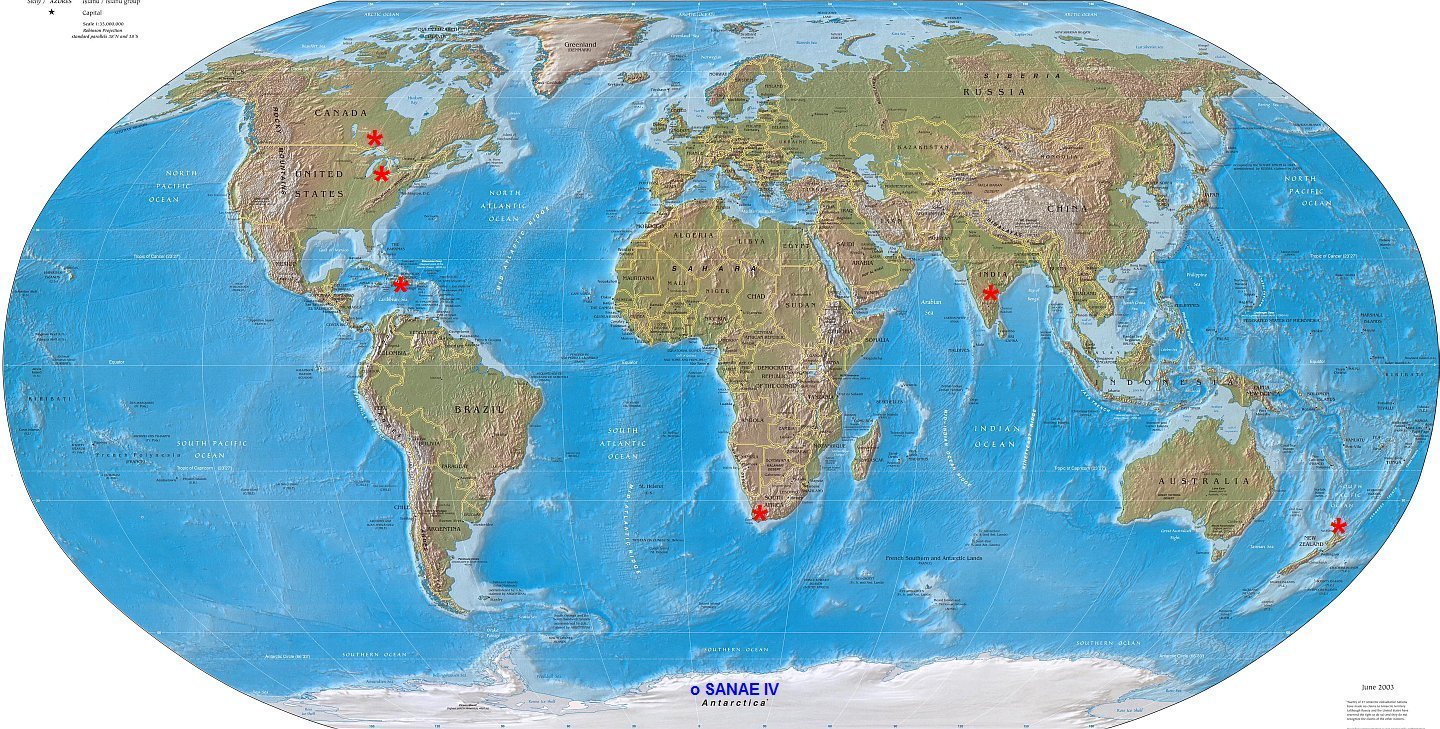Telemedicine test with CCM-L’ers
I have a project that I’m working on during this winter: developing the telemedicine capabilities here at SANAE IV. Telemedicine is a term used to describe the use of resources in one location to practice medicine in another. Frequently, those resources are the brains of specialists. A simple everyday example of telemedicine is when a doctor (eg, an emergency physician) calls a specialist (eg. a cardiologist or toxicologist) for his opinion about a tricky patient. If the doctor uses another technology (such as fax or email) to send more information (such as an electrocardiograph [ECG] or lab printout) to the specialist, this is more telemedicine at work. With the global improvements in communications technology, the phenomenon has become more advanced – nowadays it is common practice for hospitals in one part of the world to send send their digital x-ray and CT images taken late at night to hospitals on the other side of the globe, where it is daytime, for radiologists on duty there to read and send back results.
Telemedicine is a very powerful tool for remote locations, where the doctor is likely to be a ‘generalist’ (or specialist in one field) and advice is needed in another. We’ve been using it here in Antarctica for some time: last year before I came down I viewed photographs x-rays taken by the previous medic to exclude a fracture, gave a telephonic walk-through on injecting into the shoulder joint, and I’ve transmitted an ECG back to a hospital in South Africa via fax for a second opinion and also had a lab walk me through a tricky diagnostic procedure. Most other countries use a similar system, from the basic (telephonic advice) to testing and developing the next generations in telemedicine – real-time audio and video feeds, and remotely operated systems.
The next step for SANAE IV is to have the capability to transmit video and sound in realtime back to South Africa, allowing specialists there to discuss cases, and direct the remote medic when performing examinations and procedures. Currently, we don’t have any advanced equipment, but I have been keen to test the principle using what we have – a wireless network, my laptop with integrated webcam, and a satellite internet uplink. Thinking of the integrated collaborative networking principle, I invited critical care doctors from around the world (via CCM-L, that I have described in a previous post) to contact me via Skype. This has been met with great success – I have had conversations directly from our operating theatre and doctor’s office with video feeds to South Africa, Canada, India and New Zealand, and the USA with audiovisual qualify sufficient to be very useful for consultation. The locations are marked on the map below. An unforeseen success of this project is the fact that through these integrative collaborative networks (such as CCM-L, Trauma.org, PolarMedicine, etc) one is likely to find doctors at any time of the local day or night, as somewhere in the world they are awake and connected. I’ll keep updating the map as time goes by.
With the principle proven, the next step is to put it into action. I’d really like to acquire a headset with integrated microphone, earpiece and point-of-view video camera, allowing the online doctor a view of what the remote doctor is looking at. (Think of examples ala Mission Impossible and Tomb Raider). If anyone knows where such headsets can be acquired, drop me a line – I’ve drawn a blank so far. If you’d like to chat and get a star on the map at your location, look up ‘wildmedic’ on Skype.
